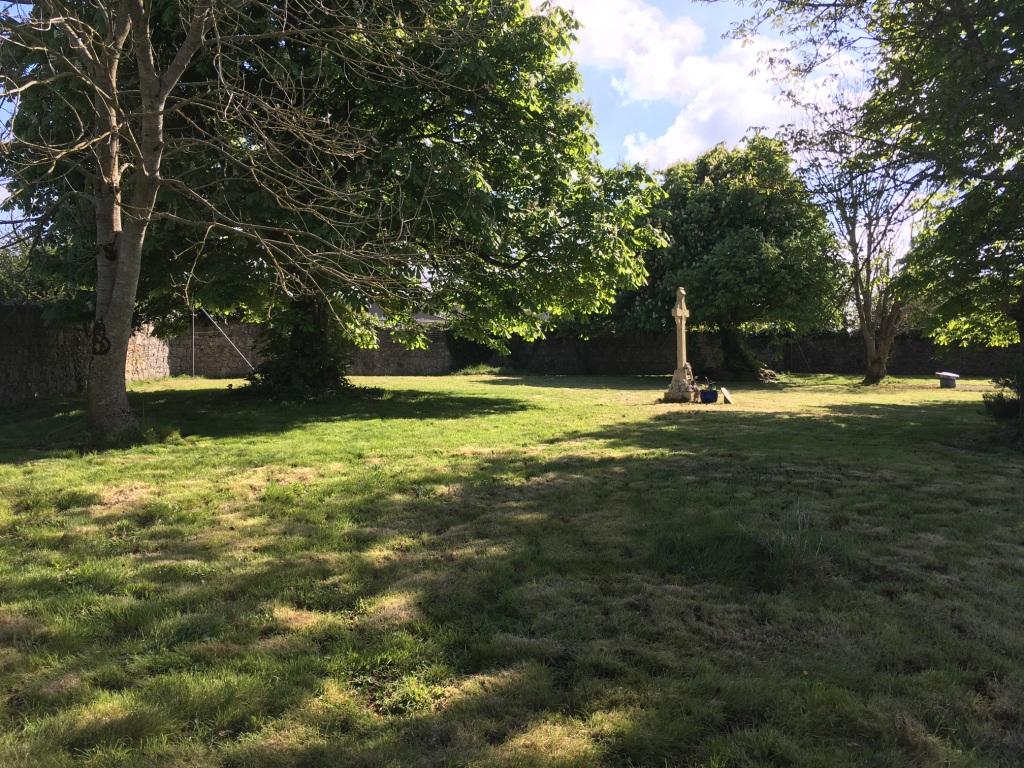Lecture 5 of ‘The Webinar Series
Kerry Archaeological and Historical Society
Date: 3rd November 2020 at 7:30pm
Helen O Carroll – Curator of Kerry County Museum
Presents
‘Tralee Workhouse Burial Ground’
The introduction of the Poor Laws in the 19th century brought with it an ethos that regarded poverty as a sin, a moral failing. Paupers were those who had failed to contribute to society and must be separated out from the world by means of the workhouse. That separation continued in death when their very burial places were set apart from the rest of the community’s, ensuring that paupers were effectively extinguished from society. Even during the Famine when workhouse cemeteries all over the country were full to the brim this exclusion continued. The main burial ground for those who died during the Famine in Tralee Workhouse was the small cemetery opened in May 1846 in the north-east corner of the site and enclosed by the boundary walls. As the effects of the Famine began to take hold deaths in the Workhouse mounted and the graveyard was overwhelmed with the number of burials. In September 1847 the Poor Law Commissioners issued a circular instructing every workhouse in the country to bury the dead in separate locations, at a distance removed from their buildings. It has long been believed that it was then that God’s Acre in Ballybeggan was opened as the Workhouse cemetery. This talk will show, however, that the Ballybeggan site was opened as late as September 1853, after the Famine, and that burials continued at the Workhouse site possibly right up to 1851. It will discuss how many were buried at the Workhouse site, and in what manner they were buried, and how best to remember those who are interred here. This and much more will be presented in the upcoming webinar.



